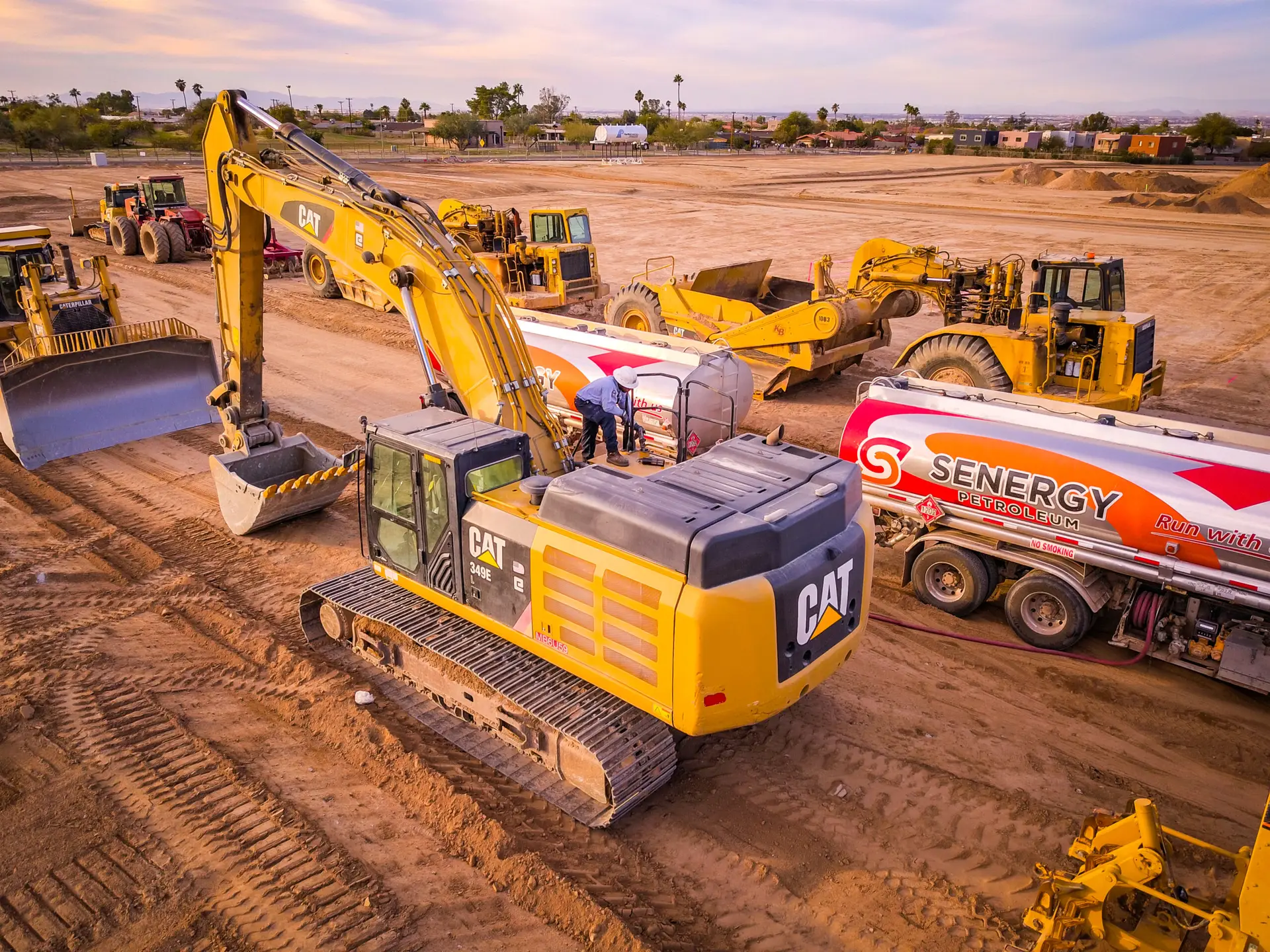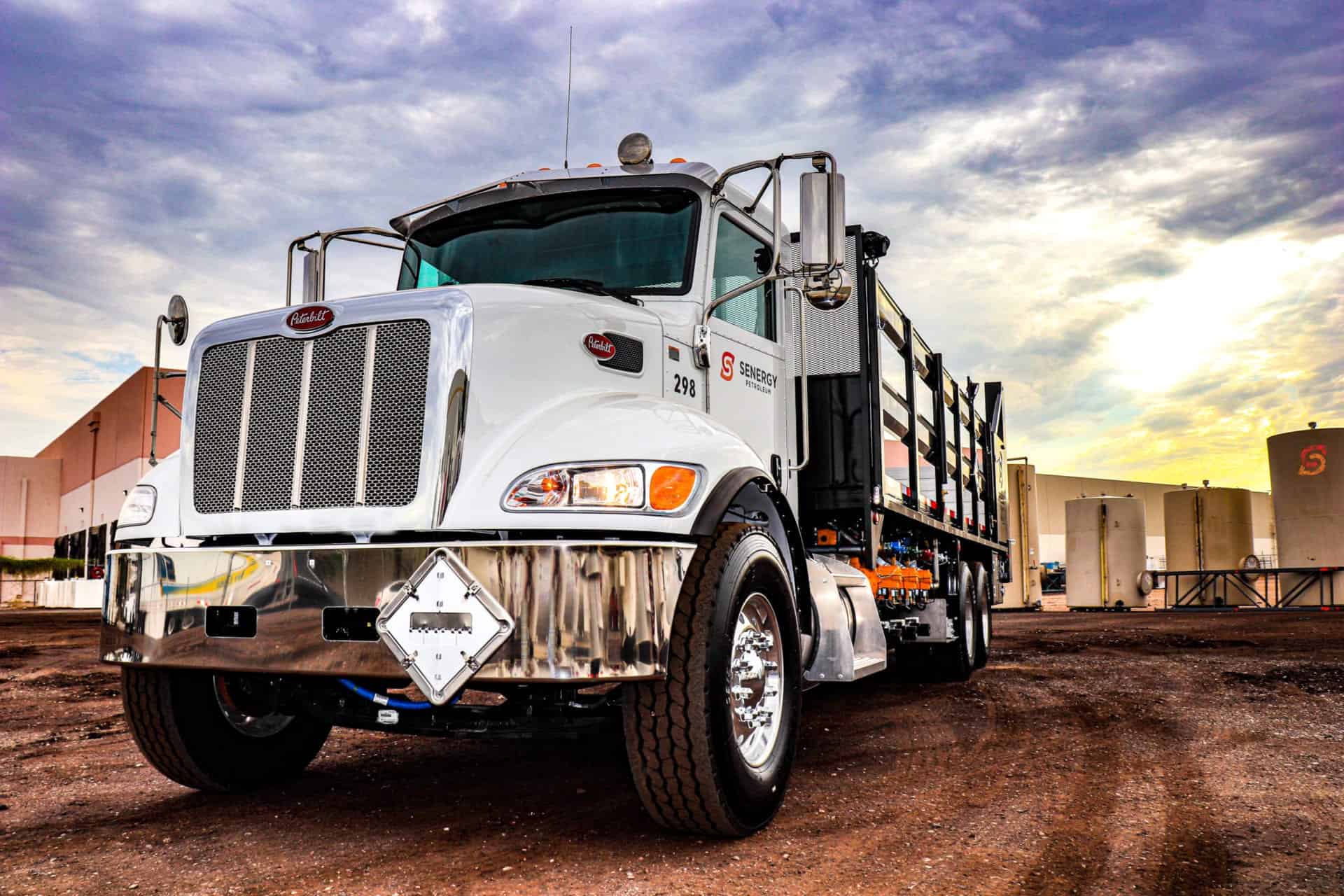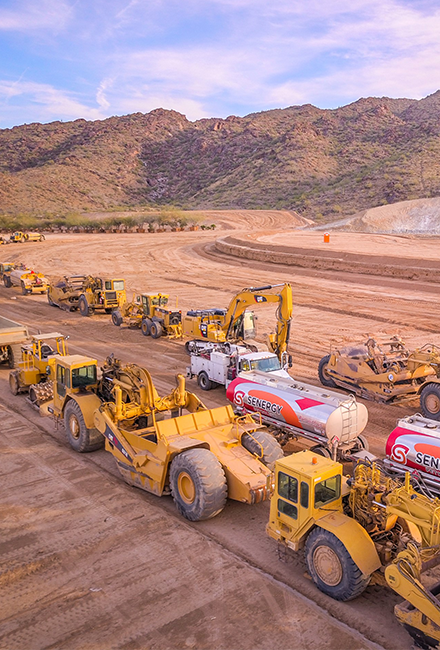Construction sites are tough environments. Equipment must endure water, dirt, heat, and some of the harshest operating conditions imaginable. Unlike cars cruising on smooth asphalt roads, construction machinery spends its time battling mud, muck, and occasionally even operating underwater. These extreme conditions demand more from every machine part—especially moving parts, friction points, and components prone to overheating.
Lubrication performs several critical functions. First, it reduces friction between metal components, ensuring smooth operation. Second, it acts as a shield against rust and corrosion, particularly in wet conditions. Third, it helps dissipate heat, preventing parts from overheating and wearing out prematurely. Combined, these functions make lubrication essential to the health and longevity of your fleet.
However, not all lubricants are created equal. Using a general-purpose lubricant in situations that require a high-temperature grease can lead to costly problems. Targeted lubrication isn’t just about greasing the gears—it’s about understanding what each component needs and applying the right solution.





